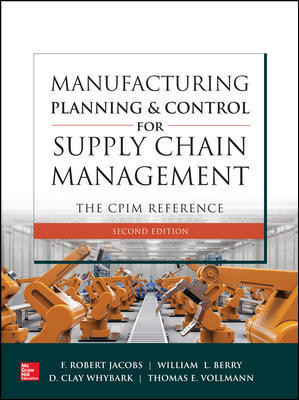NEW YORK – Following a historic second quarter, merger and acquisition (M&A) activity in the industrial manufacturing sector maintained a strong momentum in the third quarter of 2014, according to Assembling Value, a quarterly analysis of global deal activity in the industrial manufacturing industry by PwC US. With $102.7 billion in deal proceeds recorded so far this year, the first nine months of 2014 have already exceeded all annual totals of the last 10 years.
In the third quarter of 2014, there were 55 industrial manufacturing transactions (worth $50 million or more) for a total deal value of $27 billion. Coming off of the strongest quarter for M&A volume since the fourth quarter of 2007, the number of deals in the third quarter declined 13 percent but increased almost 30 percent over the same quarter last year. On a year-over-year basis, the first nine months of 2014 surged 165 percent to $102.7 billion in 2014 from $38.7 billion in 2013. This increase in value is mainly driven by mega deals (transactions worth more than $1 billion) which accounted for 75 percent of total deal value to date and 62 percent in the third quarter. In addition, divestures made up 38 percent of total year-to-date deal volume and 51 percent of deal value.
“After a blow-out second quarter, M&A momentum remained steadfast as large manufacturers continued to execute on sizable transactions and reevaluate their portfolios, leading to divestures of non-core assets,” said Bobby Bono, U.S. industrial manufacturing leader for PwC. “As we enter the final quarter of the year, we expect the healthy level of activity to continue as mixed global economic results and an uncertain outlook steer manufacturing executives toward further portfolio reshuffling, merging of horizontal and complementary businesses and divestitures.”
Among the industrial manufacturing subsectors, industrial machinery remained the clear leader, representing 47 percent of total deal activity in the third quarter, followed by fabricated metals products (22 percent). In particular, deals in the oil, gas and petrochemical related industries remained of interest, accounting for a 27 percent of total deal volume year-to-date and as much as 40 percent of U.S.-related transactions as companies looked to capitalize on the U.S. shale-gas boom. Smaller deals also occurred in the valve, pumps and compression businesses as drillers push for newer technology and broader capabilities to achieve greater yields on their shale and related investments.
Regionally, targets in North America remained attractive, accounting for 70 percent of total deal value during the quarter and 36 percent of deal volume. The recurring preference toward local market activity held strong in the third quarter, representing 71 percent of all deals and was particularly notable in China where 82 percent of all transactions were local deals. Regardless of growth concerns, China-involved deals in 2014 already exceed any year of the past 10. “Deals in China have been motivated by both horizontal consolidation with a greater focus on controlling costs and eliminating overcapacity and product diversification to balance risks in a slowdown,” Bono said.
Strategic investors continued to lead the way in the third quarter but financial buyers gained exposure to a variety of manufacturing end-markets, with a desire to gain high-quality engineering and production differentiation. Financial investors accounted for 33 percent of deal volume in the third quarter as executives paid higher multiples in industries with stable growth profiles and room for operation improvement.
According to PwC’s recent Manufacturing Barometer, as the year progresses, an elevation of geopolitical concerns across the world is adding complexity to management decision-making. “Despite a tremendous amount of activity so far this year and many bright spots regarding company performance, management teams are taking a more conservative approach to cash outlays as they seek to gauge the direction of the global economy. However, balance sheets remain strong across the sector, boding well for future investment activity as the macro-environment becomes clearer,” Bono continued.
In addition to doing deals, industrial manufacturers are also searching for organic growth through technologies that are transforming the industry from product design and production to restructured supply chains, such as 3D printing and robotics. This ongoing progression toward the ‘factory of the future’ helps manufacturers significantly improve efficiency, quality and operations to gain a competitive business advantage.
PwC’s industrial manufacturing M&A analysis is a quarterly report of announced global transactions with value greater than $50 million, analyzed by PwC using transaction data from Thomson Reuters.
For more information on PwC’s Deals practice, visit www.pwc.com/us/deals.



